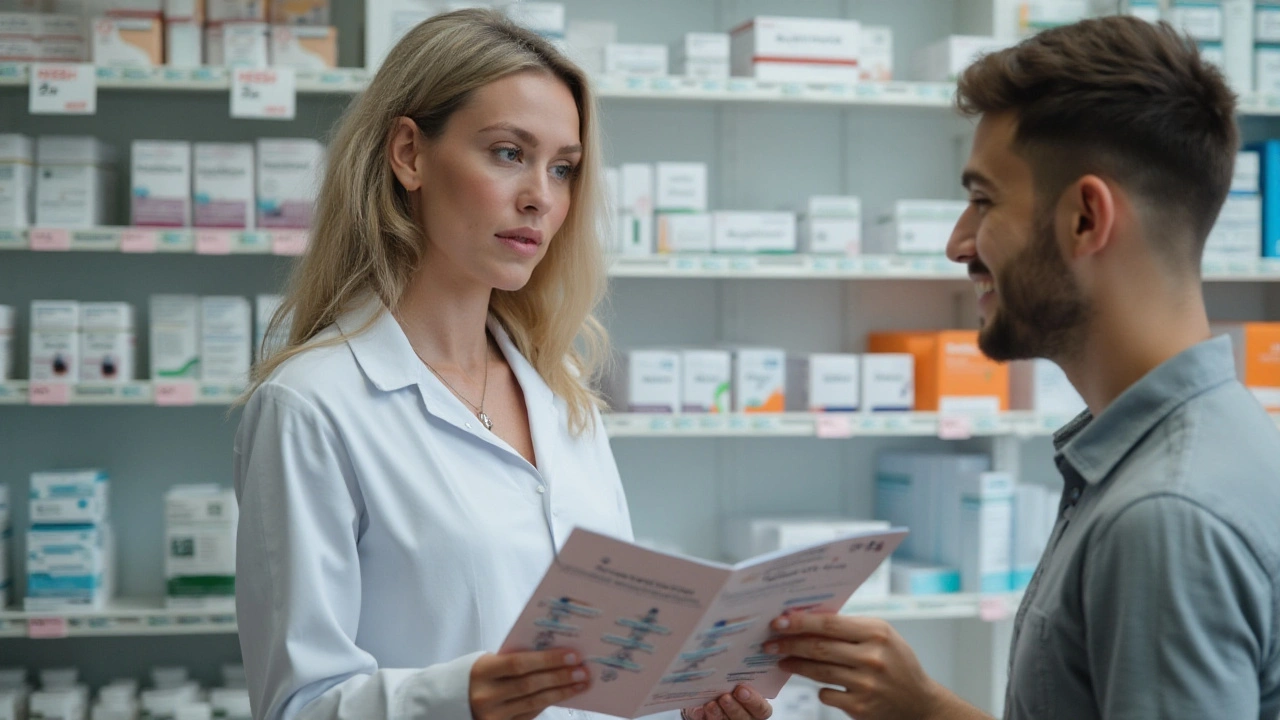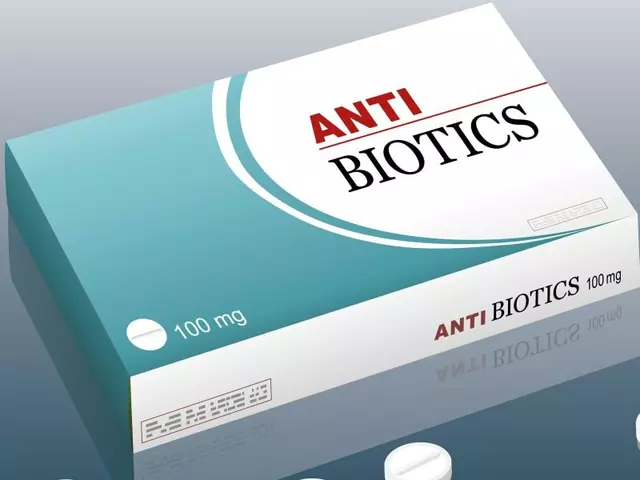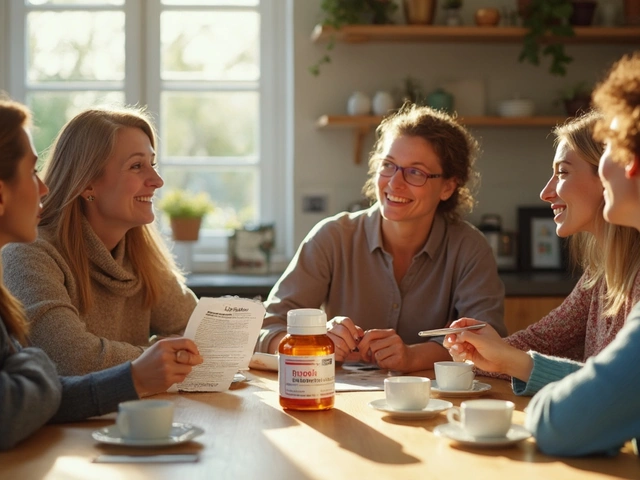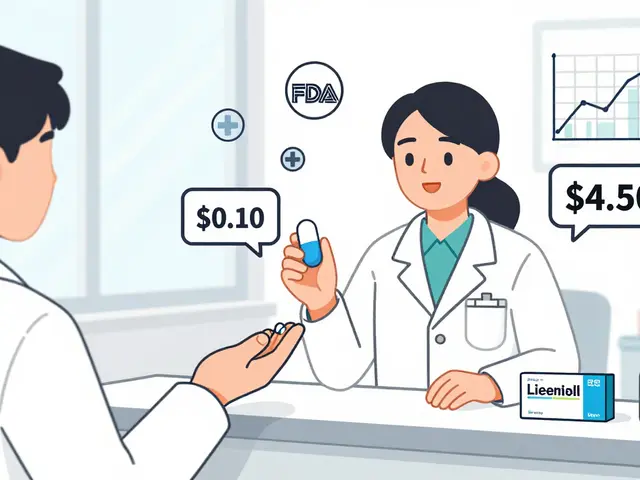Cold Sore Relief: Fast, Practical Tips That Work
You can cut a cold sore's life in half if you act in the first 48 hours. Cold sores are caused by the herpes simplex virus type 1 (HSV-1). Once the virus reactivates you usually notice a tingling or burning before a blister appears. Treating during that early tingling phase gives the best chance to reduce pain, size, and healing time.
Quick at-home steps
Start with simple things you can do right away. Apply a cold compress for 10 to 15 minutes to ease pain and slow swelling. Keep the area clean and avoid touching or picking at the sore — touching spreads the virus and delays healing. Use a lip balm with SPF 30 or higher whenever you go outside; sun is a common trigger.
Topical creams like docosanol (Abreva) and over‑the‑counter anesthetic gels can shorten healing slightly if applied at the first sign. Look for products labeled for cold sores and read instructions carefully. Pain can be managed with acetaminophen or ibuprofen, and a small amount of petroleum jelly will keep the area from drying and splitting.
Medications and when to see a doctor
If you get frequent or severe outbreaks, prescription antivirals work best. Oral acyclovir, valacyclovir, and famciclovir reduce duration and severity when started early. For people with very frequent recurrences, doctors often recommend daily suppressive therapy to cut outbreaks by about 70 to 80 percent.
There are tradeoffs: oral antivirals are generally safe but may not be right for everyone, especially with kidney issues or certain drug interactions. Tell your doctor about other medicines and health problems before starting. Visit a clinician right away if you have a fever, multiple spreading sores, weakened immunity, or if sores last longer than two weeks.
Natural remedies can help comfort but don’t replace antivirals. Lysine supplements show mixed results; some people feel fewer recurrences, but trials are not conclusive. Honey and aloe vera gel can soothe and might help healing; choose medical-grade products and stop if irritation occurs.
Prevention saves the most hassle. Avoid direct skin contact with someone who has an active sore, don’t share utensils or towels during outbreaks, and manage triggers: stress, sun exposure, fever, and hormonal changes. Keep sunscreen and lip balm handy, get enough sleep, and use hand sanitizer after touching your face.
One practical trick: keep a small cold sore kit—topical cream, lip balm with SPF, and pain reliever—so you can act at the first tingle. Quick action plus the right medicine will usually get you back to normal in days instead of weeks.
If you’re pregnant or caring for infants, take outbreaks very seriously. HSV-1 near delivery can cause neonatal herpes, a rare but serious condition—call your doctor promptly. If you have HIV or take immune-suppressing drugs, outbreaks may last longer and need medical care. Avoid intimate contact until sores are fully healed. Finally, track your outbreaks in a simple note app to spot triggers over time; patterns often reveal avoidable causes. Small steps really help daily.

This in-depth article explores ten alternatives to Valtrex for managing herpes infections. From traditional antiviral medications like Acyclovir and Famciclovir to natural remedies like Aloe vera gel and L-lysine, each option is evaluated based on its effectiveness and application. The article provides a balanced view of each alternative’s pros and cons to help readers make informed choices. Whether seeking prescription solutions or over-the-counter relief, this guide offers insights into various treatments available today.






